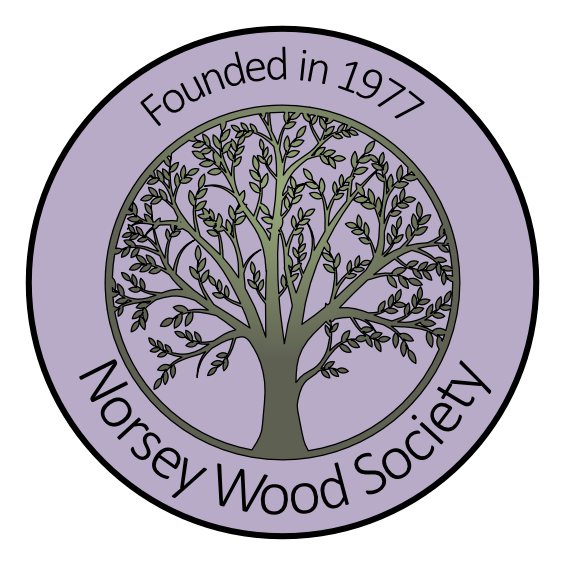The Birds of Norsey Wood Nature Reserve
The Collins ‘Bird Guide’ publication is the accepted ‘Bible’ for bird identification but there are many other equally informative publications out there for the beginner to the initiated.
Songbirds – Exploring the Mysteries of Moult ~ Follow the link below for an overview of a very complex subject. A subject that fosters scientific papers bedecked with bar and pie charts but are avoided here. It is also a subject that is fraught with ‘except for the exceptions’! Aspects of the natural world often refuse to be neatly pigeonholed. Link to Overview.
For bird call identification there are CD's and MP3 players produced for studying in the home and for comparison of calls in the field respectively. Caution:- Luring birds in by these devices is not advised, especially in the breeding season, as the bird’s breeding cycle can be disrupted.
If you see birds which are listed as uncommon or rare, please let Basildon council's biodiversity officer know.
















